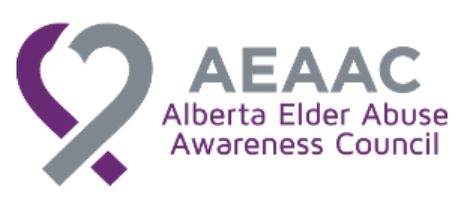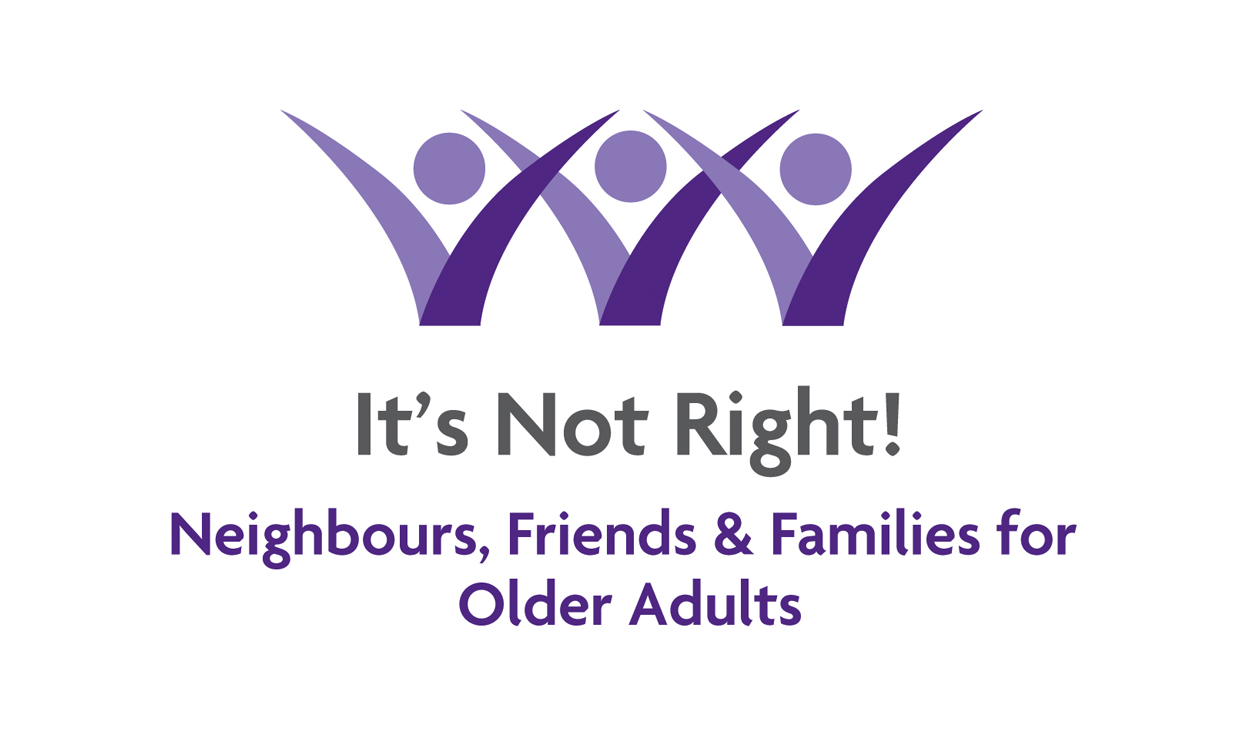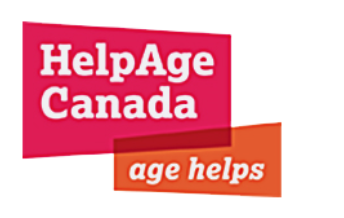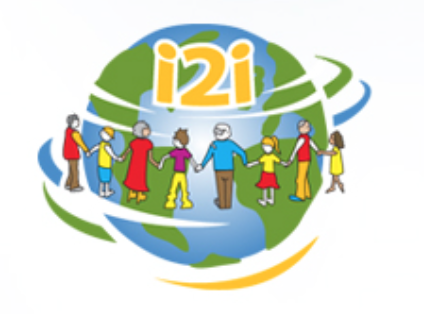- Details
- Published: 14 July 2017

On World Elder Abuse Awareness Day (June 15, 2017), the Quebec Minister responsible for Seniors and Anti-Bullying, Francine Charbonneau, announced the launch of the second edition of the Government Action Plan to Counter Elder Mistreatment. CNPEA interviewed Marie Beaulieu, Research Chair on the Mistreatment of Older Adults about it.
CNPEA: This new Plan came out on June 15, for WEAAD, what was the reaction amongst the public and stakeholders?
Marie Beaulieu: It was a highly anticipated event, which was extensively covered, both by English-speaking and French-speaking media. Around 50 community and non governmental partners were also invited and present for the occasion, such as the Association québécoise de défense des droits des personnes retraitées et préretraitées (AQDR), multiple research chairs, the Quebec Association of Seniors Centres, the Fédération des coopératives de services à domicile et de santé du Québec (FCSDSQ), and many more. The plan was well-received, because the effects of the first action plan are keenly felt. The first plan, for 2010-2015 (it was extended to 2017), set out 4 key points and 40 measures meant to provide a sound structure for coordinated response to elder mistreatment. This structure is now in place and relies on four pillars:
- The Research Chair on Mistreatment of Older Adults
- The Aide Abus Aines (Elder Mistreatment Helpline)
- Regional coordinators
- The renewed importance of awareness campaigns
The new action plan takes these efforts further through 52 new measures. The key objectives of the new plan:
- Prevent mistreatment and promote age-friendly initiatives
- Encourage early detection and appropriate interventions
- Facilitate reporting of mistreatment (particularly financial and material abuse)
- Increase knowledge-acquisition and knowledge-transfer
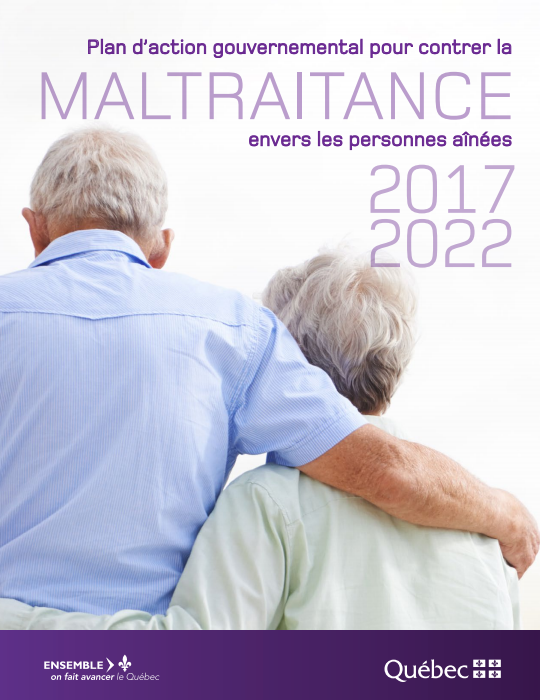
MB: The concept of age-friendly initiatives and behaviour is getting more and more popular. France, among other countries, is emphasizing age-friendliness. It is a complementary approach to the prevention of mistreatment. Talking about age-friendliness is an easier topic, it is more open. It can be hard to get a conversation started about elder abuse. Sometimes talking about age-friendly matters can help open a line of communication, which will eventually lead to talking about mistreatment. These are two sides of the same coin, two approaches that can be combined. People still need to be taught to recognize abuse and to find appropriate ways to intervene. However, it is also important to integrate a civic approach, which is respectful of specific needs, and less agist. The goal is not to sugarcoat anything, but rather to find ways to encourage a deep societal shift. This will involve countering agism, understanding that seniors are a diverse group, and that diverse approaches are needed. I see these two approaches as tied to each other, one can't replace the other, but together they can work very well.
CNPEA: The second key point is to encourage early detection and appropriate interventions. What will this mean specifically for long term care facilities and other residential care homes?
MB: In the first plan, situations in care homes and residential facilities were evoked, but some critics pointed out that mistreatment at an organizational and systemic level was not really addressed, which is true. These questions are now addressed in the second plan, and through Bill 115. Residential care facilities now have to have an elder abuse policy in place. They also have to report on what is going on in their facility.
Cameras and surveillance devices in long term care residences
The new action plan and Bill 115 provide a framework for the use of surveillance devices and cameras in residences. A long term care facility will have to accept cameras, but the device cannot be installed in public areas. It is important to protect the intimacy of older adults too, which involves knowing how to install a camera properly in a room.
Terminology
The terms defining abuse and mistreatment have also been revised (see pages 17-18 of the Plan): we have now identified 7 forms of violence and 7 forms of neglect. For each of these 14 possible cases, the Plan provides a list of signs. Getting people and professionals to know and recognize these signs will help us move towards better reporting and investigating. The Ministry for Health and Social Services who cosigned this action plan was extremely committed to recognizing organizational mistreatment, which is also a huge and concrete step forward.
Intersectoral approaches
One of the objectives of the plan is to "support the development and implementation of multisectoral agreements and other intervention mechanisms to help and support older victims and stakeholders". This is an aspect that the Research Chair started exploring through its IPRAS toolkit with the Montreal Police Service. We had circulated this resource widely and we are happy to see that intersectoral approaches and interventions are becoming a priority.
CNPEA: What about the 3rd key goal: to facilitate the reporting of mistreatment (particularly financial and material abuse)?
MB: This is also tied to Bill 115, which aims to encourage reporting and to strengthen the role of the Complaints Commissioner (Ombudsman). This involves making reporting mandatory and lifting the duty of professional secrecy, except for lawyers and notaries. This said, the obligation to report will be more of a moral obligation than a legal one. No penalty has been clearly identified yet for failure to report, we will have to see in practice how this will work.
Facilities of the intermediary or family residence kind, for autonomous older adults are not obligated to report. Mandatory reporting is applicable to long term care facilities and anyone under protective supervision such as guardianship or an homologated protection mandate. This in order to protect older adults with diminishing autonomy who may not be able to report their situation or may not be willing to do so by fear of retaliation.
I tend to prefer educating and empowering seniors, as well as respecting their right to speak for themselves, but mandatory reporting is being implemented in long term care residences, where up to 80% of residents experience profound physical or cognitive impairments or have been placed under guardianship. In this specific context, mandatory reporting is protecting people who, objectively, are not able to protect themselves anymore.
Financial and material abuse
This is one of the most common and discussed forms of mistreatment. The Autorité des marché financiers (AMF) was involved in the Action plan too. I look forward to the implementation of these measures. Each measure will be undergo continuous evaluation. This evaluation will allow us to gauge which parts of the Plan have been easily implemented, and which parts may need to be tweaked as time goes on.
CNPEA: The fourth objective is directly related to the work of the Research Chair: to increase knowledge-acquisition and knowledge-transfer. What's in store for the Chair?
MB: First of all, the Plan guarantees the renewed financial support of the Chair by the government, which is so crucial to us. According to INPEA, the Sherbrook Research Chair on Mistreatment of Older Adults is the only reserch chair of its kind in the world. Quebec keeps innovating and that is fantastic to me.
8 recommendations focus on increasing knowledge about mistreatment and age-friendly measures. The Plan also insists on increasing and disseminating knowledge about the way abuse is experienced by older adults who are differently-abled, deemed legally incapable, or part of various ethno-cultural communities, or the LGBTQ community. 4 recommendations are specifically listed to get more in-depth knowledge about older adults from various minorities. The first Plan identified these groups as potentially more vulnerable to instances of mistreatment, the 2nd Plan has placed them at the centre of specific measures. The Research Chair is actually thinking of suggesting a joint research project with the Fondation Émergence focusing on older LGBTQ adults.
The other big news is that Quebec is about to embark on its own elder mistreatment prevalence study between 2017 and 2020. We will soon have access to in-depth data specific to Quebec.
Read the Government Action Plan in full here. No French version available right now.





